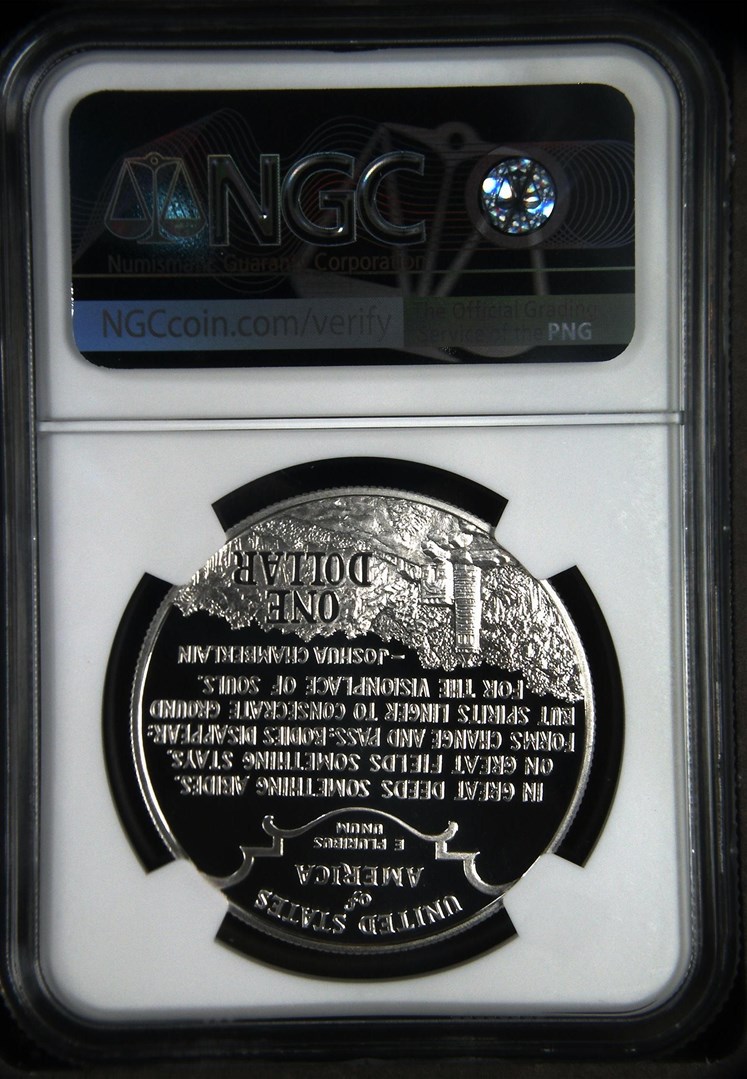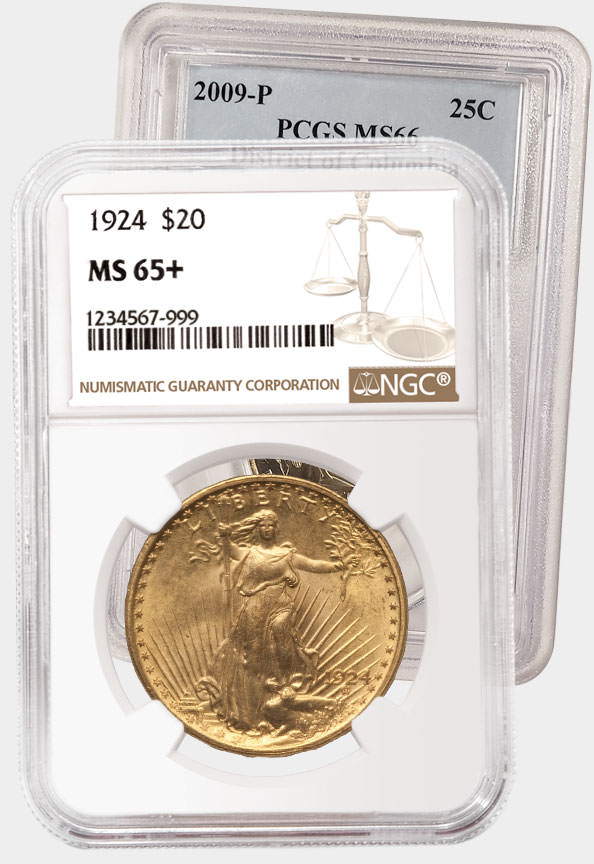The encroachment of housing and commercial development toward America's hallowed Civil War battlefields became an increasingly urgent problem during the 1990s, and surcharges from the sale of commemorative coins were seen as one means of funding these sites' preservation as public trusts. Toward this end Congress approved a three-denomination coin set consisting of a copper-nickel-clad half dollar, a silver dollar and a gold half eagle, each of which would be offered in both uncirculated and proof editions. The obverses of all three coins were designed by Connecticut artist Donald Troiani. For the half dollar, his work was sculpted by U. S. Mint Sculptor-Engraver T. James Ferrell and features on its obverse a three-quarters facing view of an Army drummer standing before a rail fence. Centered within the right field is the date of coining. The initials of both artists appear below the fence at left, while the coin's mintmark is beneath the fence at right. The obverse is completed with the addition of statutory mottoes. On the reverse is seen a cannon pointed to the left and slightly away from the viewer, a row of houses appearing at left before a hillside. A stack of ballistic balls is seen below the cannon, with an inscription above reading: "ENRICHING OUR FUTURE BY PRESERVING THE PAST." Below the cannon's carriage are the initials of the U. S. Mint's T. James Ferrell. The silver dollar's obverse was sculpted by Mint Engraver Edgar Z. Steever IV from Donald Troiani's design. It portrays a wounded soldier being assisted by his comrade. The initials of both artists appear near the border at seven o'clock, with the coin's mintmark in the field at right. The date of coining is at the bottom, and statutory mottoes complete the design. Appearing more like a medal than a coin, the reverse of the dollar is quite cluttered with imagery and text. Above a scene of the Gettysburg Battle Site Memorial is a quote from Union Army officer Joshua L. Chamberlain: "IN GREAT DEEDS SOMETHING ABIDES. ON GREAT FIELDS SOMETHING STAYS. FORMS CHANGE AND PASS; BODIES DISAPPEAR; BUT SPIRITS LINGER TO CONSECRATE GROUND FOR THE VISIONPLACE OF SOULS." Above this is a cartouche offsetting statutory legends, with the denomination set against the hillside and the initials of John Mercanti nearly hidden within the brush at four o'clock. The half eagle features a mounted Army bugler viewed in profile. The artist's initials are at left beneath the plain upon which the horse stands, and the coin's mintmark is in the field at right. The date of coining is at the bottom, with statutory mottoes completing this side. For the reverse, U. S. Mint Sculptor-Engraver Al Maletsky revived a mid-19th Century image of the American eagle on a Union shield. Grasped within its beak is an inscribed banner, while its right talons hold the olive branch of peace and its left the arrows of war. Stars are used at three o'clock and nine o'clock as stops for the statutory legends. The artist's initials appear below the shield at right. The San Francisco Mint struck both editions of the half dollar, as well as proofs of the silver dollar. The uncirculated strikes of the silver dollar came from Philadelphia, while West Point provided both issues of the gold half eagle. Despite competition from the vast 1995 coin program for the Atlanta Olympics, the Civil War Battlefields commemoratives sold reasonably well. The notable exception was the half eagle, which posted the lowest sales figures yet for this denomination in the modern commemorative series. The half dollar was selected for inclusion in that year's Prestige Proof Set, which helped its overall sales considerably.







